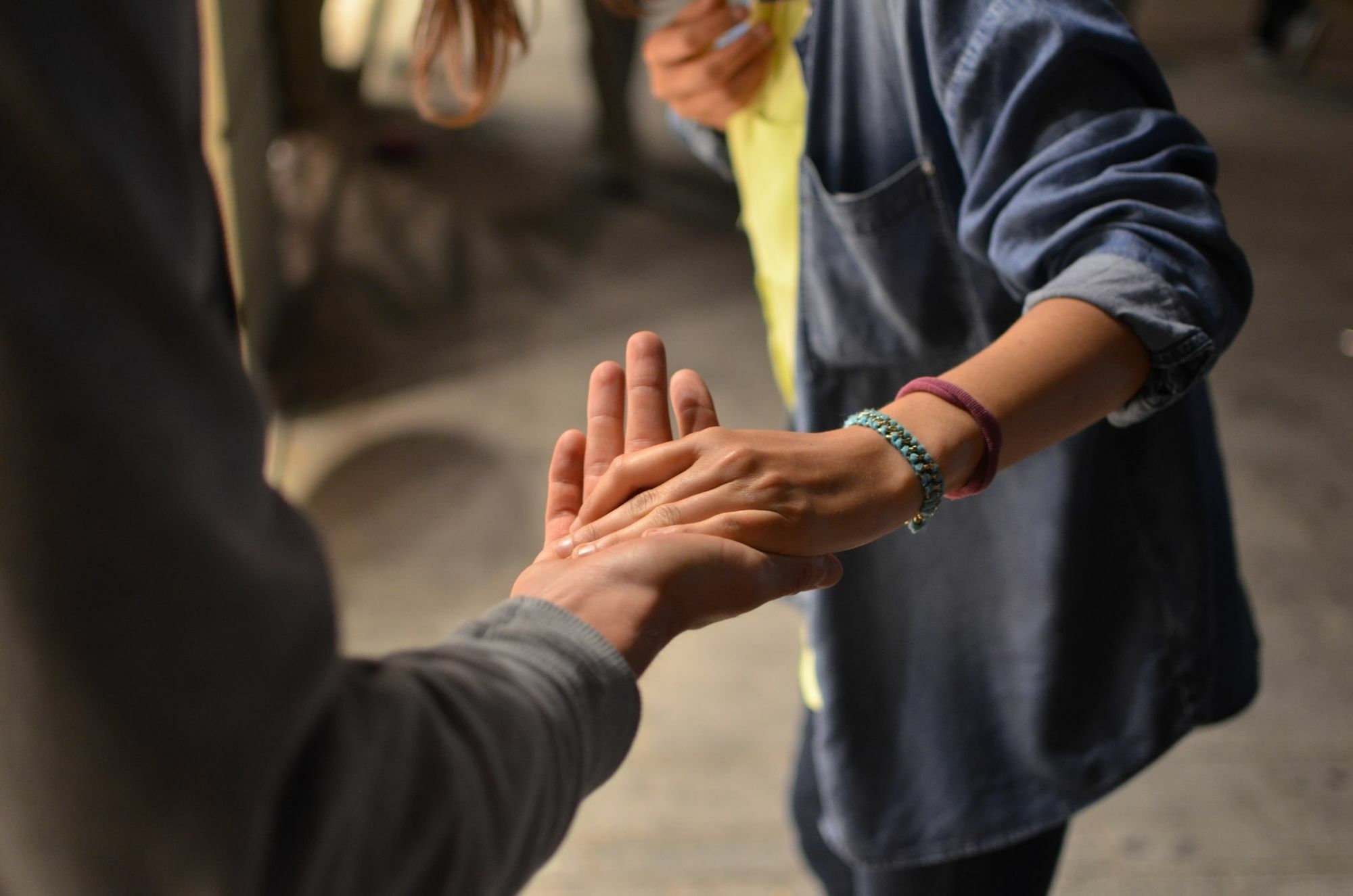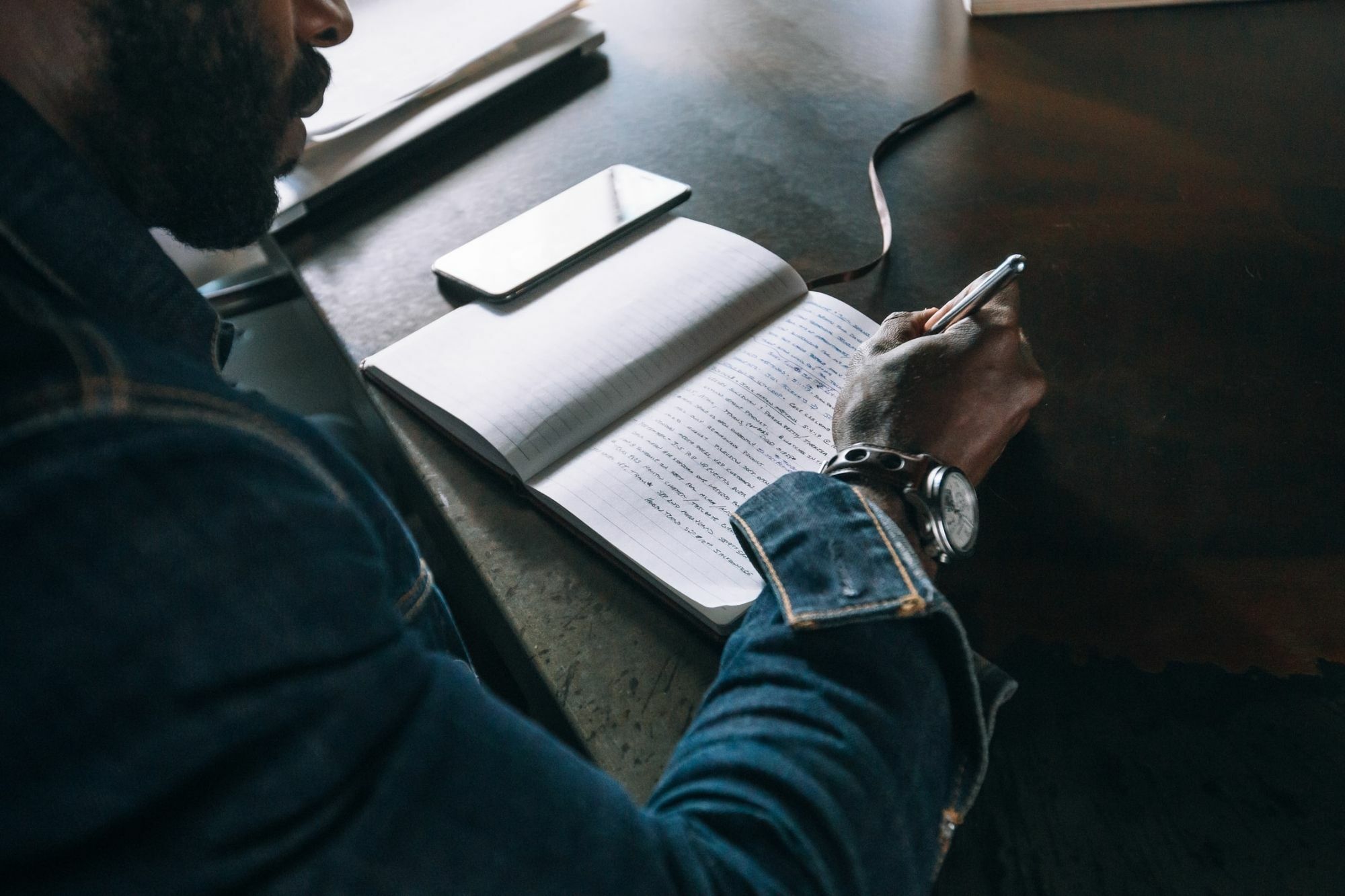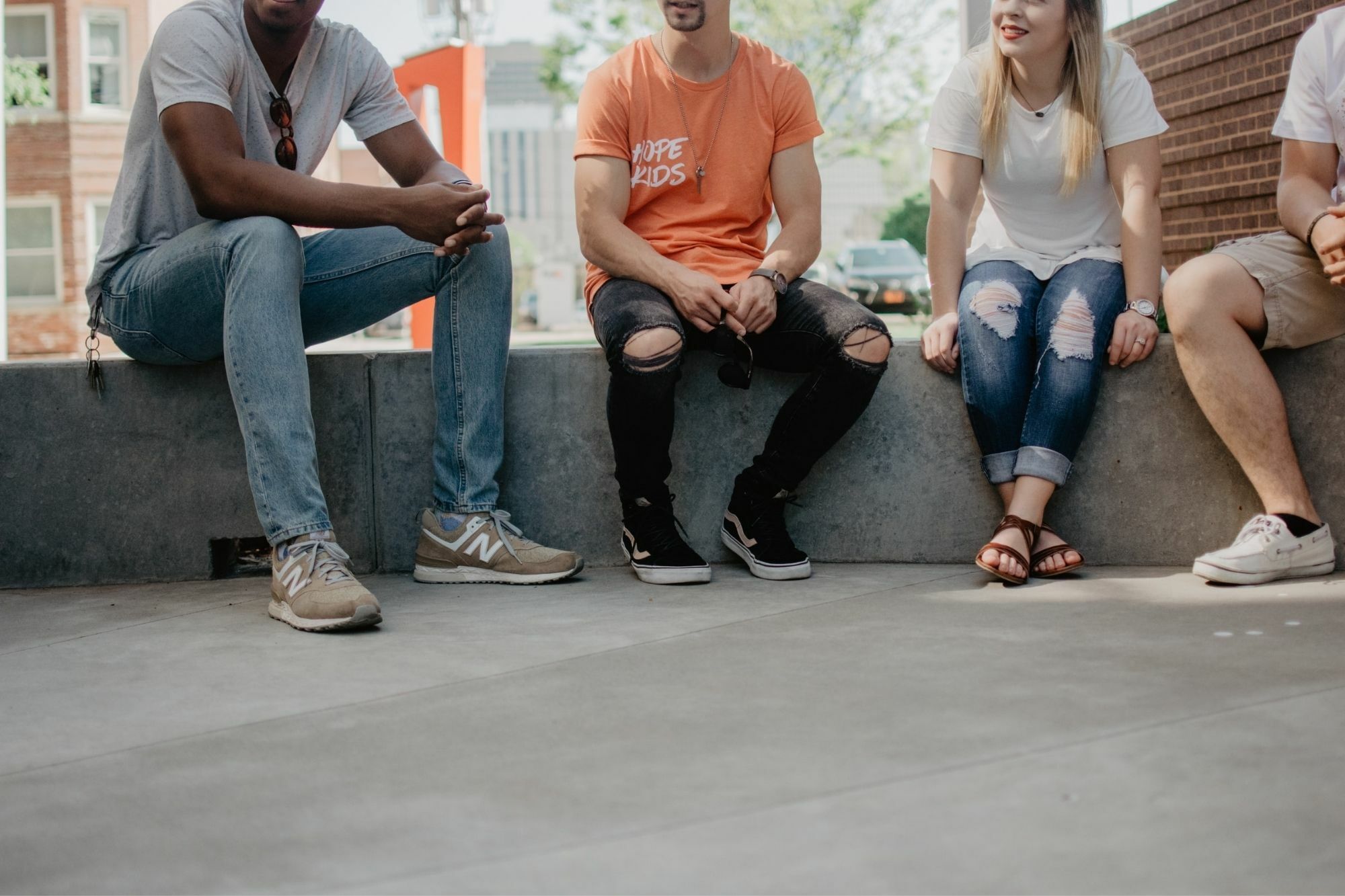Working out when to talk with a young person about pornography can be a dilemma for many parents.
It raises questions such as: what if they have never watched – or even heard of – pornography? Am I going to ruin their innocence? Is it going to create an interest in pornography? Or, on the other hand, what if they have already seen lots of pornography? Is it too late to do anything about it now, anyway?
These are real challenges, and there are no clear-cut answers about what parents should talk about when. But it can be useful to think about having the conversation in stages, tailored to different age groups or developmental stages. Below is an outline of a staged approach, where each stage builds on the one before it, to help you think about how you can tailor conversations about pornography to young people of different ages.
Building the foundations
Being able to safely navigate a world in which pornography is so easily accessible begins with developing a range of thinking and other skills that may seem unrelated.
Develop skills early
From when your child is very young, support them to develop knowledge and skills about respectful relationships, and to put them into practice with you, other family members and friends. Help them to develop critical media literacy – including about media representations of men and women. Talk openly about bodies, teaching them the names of their body parts, and helping them feel good about their body.
Build their online safety
Support your child to learn about online safety from as soon as they have access to a device. Help them understand that while the online world has lots of fun and interesting things to play, learn and explore, it also has some things that are not so good. Support them to understand and implement online safety strategies such as protective use of privacy settings, using devices in shared or supervised spaces and developing strategies for what they can do if they see things online that they find confusing or disturbing. For example, speaking to a trusted adult about what they have seen and how they feel about it, so the adults can support them.
Support their ability to seek help when they need it
Help-seeking knowledge and behaviour are important not only for getting help, but for maintaining open communication with your child. Assure them that they can talk with you about anything they are concerned about.

Incorporate more mature themes as they get older
As young people get a little older and become aware of – or are exposed to – other messages and experiences, adapt your conversations to incorporate more mature themes.
The information below, which is adapted from key international guidelines¹, can be used to help you explore key ideas that are appropriate to explore with young people of different ages.
Younger teens
The key idea to explore with younger teens is that sexually explicit media and images can create a range of feelings and be potentially harmful.
You can explore this idea by supporting your child to:
- Analyse why sexually explicit media (pornography) is so common. For example, younger teens need to be able to critically analyse how pornography, like other forms of media, may be produced for profit – and how young people might come across pornography unintentionally, such as when they’re looking for something else, because of the ways that it is marketed online.
- Understand when sexually explicit images can be illegal for minors to send, receive, purchase, or have in their possession, and why these laws exist. For example, younger teens need to understand that laws seek to prevent the production and distribution of sexual images of children and young people to protect them from harm, particularly when they may be too young to give informed consent or to understand the potential consequences of a sexual image of themselves being shared.
- Express feelings about sexually explicit media use. For example, younger teens need to be able to talk with others, particularly a supportive adult, about feeling curious, embarrassed, aroused, uncomfortable, disgusted, concerned, frightened or any other response they may have to seeing pornography or hearing others talk about it.
Older teens and young adults
The key idea to explore with older teens and young adults is that sexually explicit media can result in unrealistic expectations about sexual behaviour, sexual response and body appearance.
You can explore this idea by supporting your child to:
- Evaluate ways that sexually explicit media can contribute to unrealistic expectations about men, women, sexual behaviour, sexual response, and body appearance. For example, older teens and young adults need to understand that pornography focuses on particular types and ways of doing sex that are not reflective of what most people – particularly women – like or want in real life.
- Acknowledge that sexually explicit media can reinforce harmful gender stereotypes and can normalise violent or non-consensual behaviour. For example, older teens and young adults need to understand that pornography’s portrayals of men being dominant and aggressive towards women can impact on expectations and may make violence towards women seem normal and acceptable.
- Reflect on how sexually explicit media can impact their self-image, self-confidence, self-esteem and perception of others as a result of unrealistic portrayals of men, women and sexual behaviour. For example, older teens and young adults need to understand that pornography may create feelings of insecurity by creating unrealistic expectations about what people should look like, or how they should behave during sex.
Learn more about Preparing for the conversation.
Help and support
If a young person needs additional help for their pornography use, they may be able to access support through a student counsellor, wellbeing coordinator, student support services or any other trusted school staff member. Their doctor will be able to help with referrals to services such as counselling and youth services.
If they have experienced sex that is unwanted, pressured, coerced or forced, they can get support through a sexual assault service. For a list of sexual assault services in different jurisdictions, see: respect.gov.au/services
If a young man wants to learn about engaging in more respectful relationships, they can contact MensLine Australia on 1300 78 99 78 or via mensline.org.au
If a young person has experienced online bullying, they or a parent can contact the eSafety Commissioner: esafety.gov.au/about-us/how-we-can-help
Additionally, Kids Helpline supports young people aged 5-25 with a range of issues and can be contacted on 1800 55 1800 or via kidshelpline.com.au
Reference
¹ UNESCO (2018). International technical guidance on sexuality education: An evidence informed approach.





